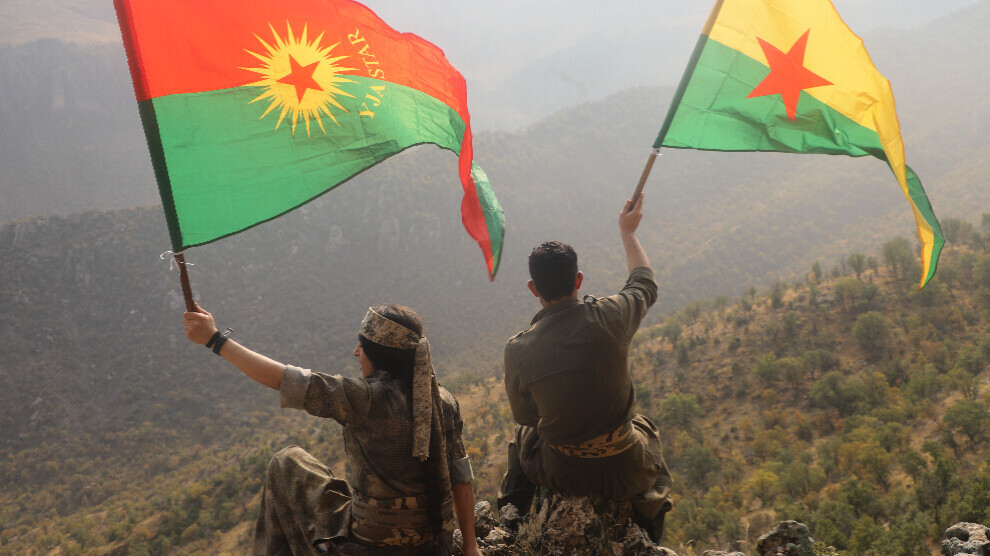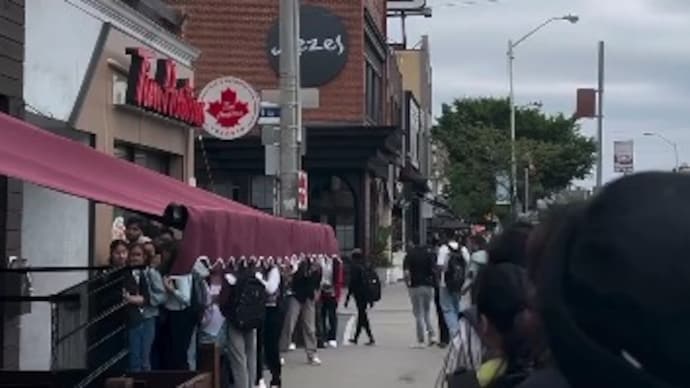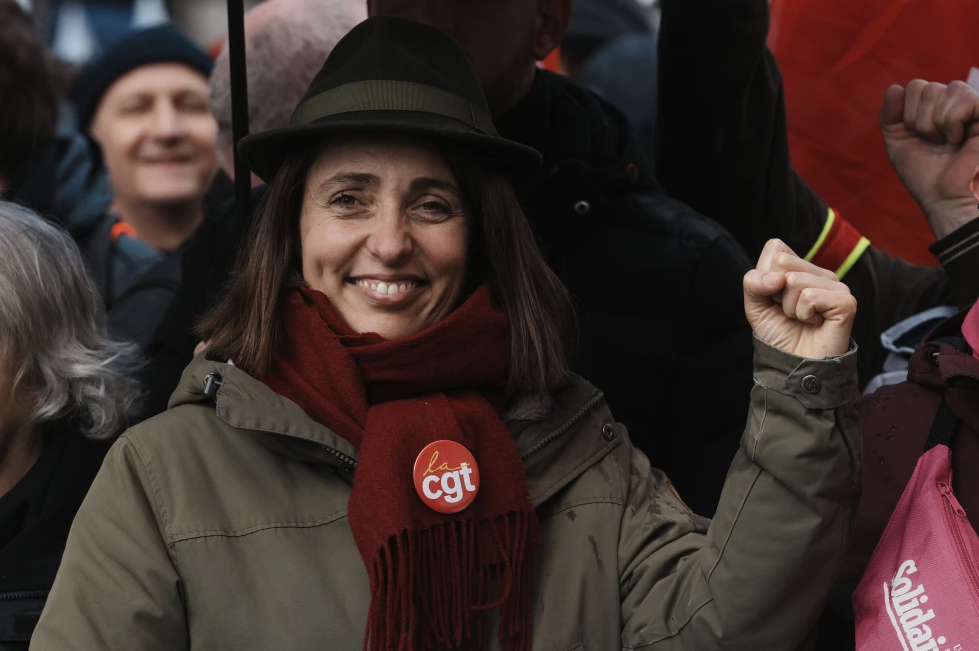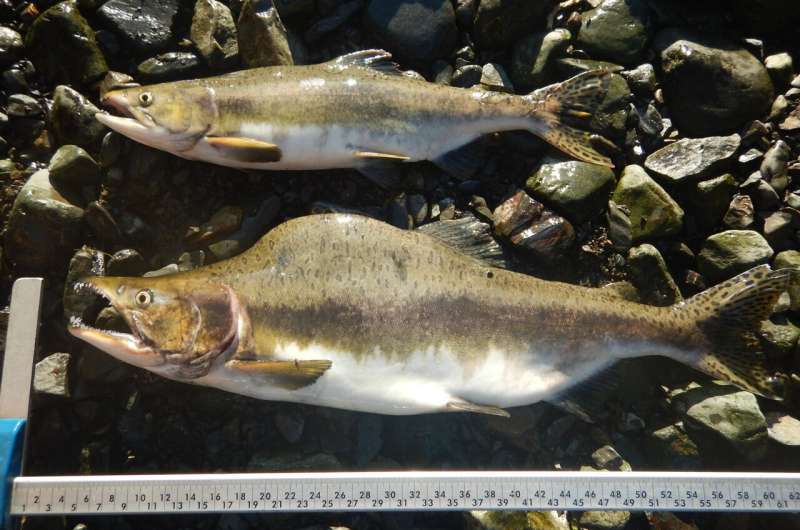Ongoing operations have forced nearly 602 villages in Duhok province to evacuate, with villagers fleeing in fear of Turkish army shelling.
Dana Taib Menmy
Iraq
07 July, 2024
THE NEW ARAB

Ongoing operations have forced nearly 602 villages in Duhok province to evacuate, with villagers fleeing in fear of Turkish army shelling that has also scorched their farmland. [Photo by CPT Iraqi Kurdistan on the X platform]
The Turkish military has advanced 15 kilometers deep into Iraqi Kurdistan, targeting the Kurdistan Workers' Party (PKK) and forcing the evacuation of hundreds of villages, according to a conflict monitor's report on Sunday.
The incursion, which represents a significant escalation in Turkey’s military operations, has unfolded amid a conspicuous silence from both Iraqi and Kurdish authorities, raising concerns over Iraq's sovereignty and the safety of its citizens.
Ongoing operations have forced nearly 602 villages in Duhok province to evacuate, with villagers fleeing in fear of Turkish army shelling that has also scorched their farmland, according to a U.S.-based human rights organisation monitoring the conflict.
Maj. Gen. Tahseen Al-Khafaji, spokesperson for the Iraqi Joint Operations Command, told The New Arab that the Turkish operation is political and unrelated to the Iraqi Joint Operations Command. He directed further inquiries to Iraq's foreign ministry, which did not respond to requests for comment.
Efforts to contact Ahmed al-Sahaf, spokesperson for Iraq’s foreign ministry, were unsuccessful.
TNA also spoke with Sakfan Sindi, deputy head of the parliament's security and defense committee from the Kurdistan Democratic Party (KDP). Sindi said he lacked information on the issue as parliament is on its summer break. He gave assurances that after the holiday, the committee would seek to understand the stance of Iraq’s prime minister and the commander-in-chief of Iraq’s armed forces.
Last month, Turkey dispatched hundreds of troops and military vehicles into the Kurdistan Region, setting up checkpoints and conducting military patrols in Duhok province’s Barwari Bala area. The recent escalation has instilled fear among local villagers, leading to the abandonment of at least one village.
“The new operation in the Barwari Bala area signifies the depth of Turkish military ground operations into Iraqi Kurdistan. Turkish Armed Forces have advanced 15 kilometers into Iraqi Kurdistan territory,” said the Community Peacemaker Teams (CPT), a U.S.-based human rights organization monitoring the conflict.
“Since the start of the new Turkish military operation, Turkey has conducted 238 bombardments in Iraqi Kurdistan, primarily in the Duhok governorate. As a result of Turkish bombardments, more than 20,000 dunams of agricultural lands have burned,” CPT added.
This incursion marks a significant escalation compared to Turkey's 2021 operation, dubbed Claw-Lightning, when Turkish forces advanced 7 kilometers into the Kurdistan Region, CPT reported. The campaign aims to curb threats from the PKK along the border.
RELATEDDana Taib Menmy
The PKK is designated a terrorist organisation by Ankara and much of the West, has waged an armed insurgency against Turkey for decades in a struggle for greater Kurdish rights.
Turkish operations have commenced near Kani Masi and Mount Metina in Duhok province. Turkish soldiers, armed with heavy weapons, have established several checkpoints, particularly near Balave and Belizani villages along the main road between Bamarni and Kani Masi subdistricts, about 57 kilometers northeast of Duhok city.
Clashes between Turkish forces and PKK fighters have ignited numerous wildfires, with each side blaming the other for the blazes. In Sargale village, about 55% of agricultural land has been burned by Turkish attacks. Turkish military actions in Iraqi Kurdistan threaten at least 602 villages with displacement, with 162 already evacuated, according to CPT.
Civilian infrastructure has also been affected, including the destruction of a school in Amedi district’s Mizhe village and an Assyrian church in the town of Mishka.
The Iraqi government and the Kurdistan Regional Government (KRG) have yet to issue statements regarding the increased hostilities in Duhok province.
Earlier this year, Baghdad classified the PKK as a banned organisation before Turkish President Recep Tayyip Erdogan visited Iraq in April. Both nations signed several agreements, including those related to security.
Turkish President Recep Tayyip Erdogan visited Baghdad on April 22, marking his first state visit to Iraq since 2011. During the visit, both countries signed a joint security agreement allowing Turkey to conduct military operations against the PKK deep within Iraqi territory. In return, Iraq will receive increased water flow from Turkey.
However, Ankara’s persistent military strikes and ground troop deployments have caused fear among the local villagers of Duhok province’s mountainous regions. Many residents fear displacement due to constant mortar shells and gunfire.
CPT data indicates that Turkey has conducted over 1,076 attacks on the Kurdistan Region and Nineveh province in 2024.
On Thursday, a Turkish defense ministry announcement confirmed that one of its soldiers was killed by the PKK in Duhok province.
















